The appearance of cracks in house is very common. Its occurrence and development are due to the differential stresses set up in the component of the house. The differential stresses results due to external loads (dead, live, wind or seismic loads). It also results due to foundation movement and settlement of soil, thermal movements, moisture changes. The stress also develops due to chemical action, corrosion of reinforcements, the growth of vegetations etc. The differential stress affects the capacity of the structure to resist the load. Hence, it is necessary to understand the causes of cracking so as to prevent the cracks in house.
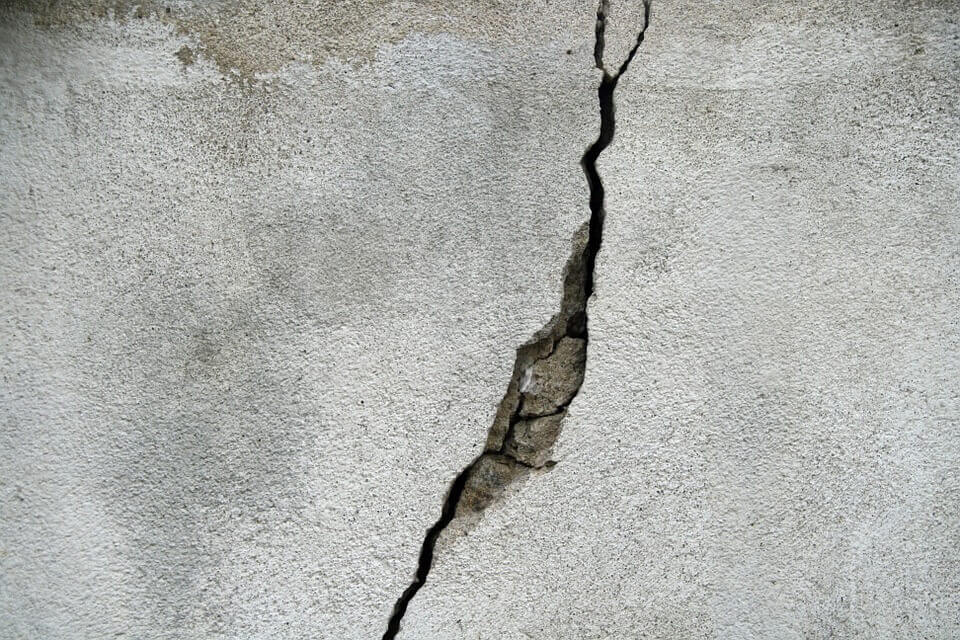
Here we discuss the basic causes of cracks in house.
Causes of Cracks in House:
01. How the Change in Moisture Causes the Cracks in House?
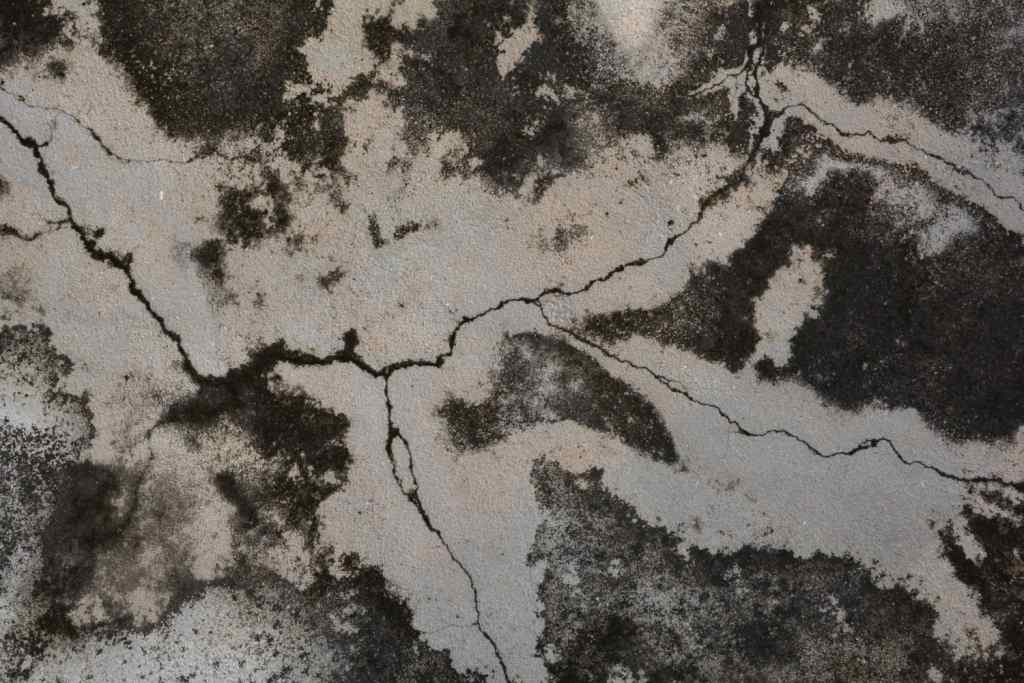
We use concrete, mortar, bricks, and timber, etc. for constructing a house. All the materials of construction expand on absorbing moisture and shrink on drying which set up the stress in components of house. Hence develops the cracks in walls due to change in moisture.
The change in moisture condition of the construction materials is also known as moisture movement. Moisture movement depends on the porosity (intermolecular space) of the building materials.
02. How the Change in Temperature Cause the Cracks in House?
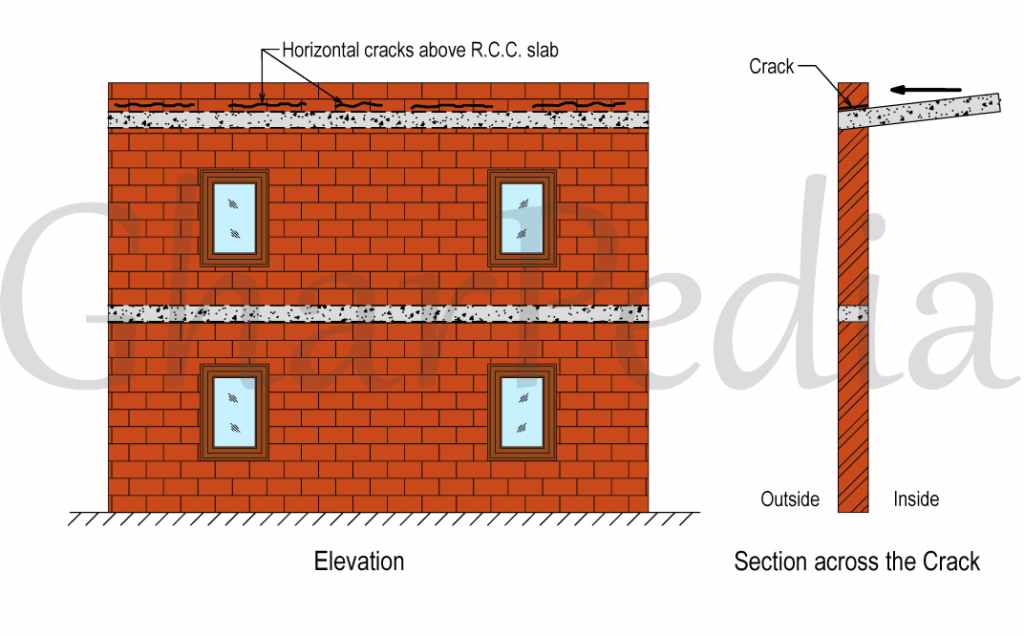
We use the materials like concrete, mortar, burnt clay bricks, stone and timber, steel, etc. for the construction of house. They expand on heating and contract on cooling depending on their properties. Due to the expansion and contraction of materials, internal tensile stresses are set up in the component of the house. Hence it develops the wall cracks due to change in temperature. The change in temperature of materials is also known as thermal movement.
Thermal movement in materials depends on the number of factors such as:
- Temperature variation,
- Dimensions of the house or structure,
- Coefficient of thermal expansion of construction materials,
- Colour and surface characteristics in the sense of reflectivity,
- Thermal conductivity of building materials,
- Provision of an insulating or protective layer on terrace,
- Internal heat generated in concrete component,
- Other physical properties of the construction materials.
These types of cracks are observed on the exterior of the house.
03. How the Elastic Deformation Cause the Cracks in House?

The materials of construction undergo deformation due to load under “Hook’s law”. Hence develops the cracks due to elastic deformation. The amount of deformation depends upon elastic modulus of the construction material. It also depends on the magnitude of loading and dimension of the components.
Dead loads and live loads are the primary cause of elastic deformations in any structural components of a building.
04. How the Creep Movement Cause the Cracks in House?
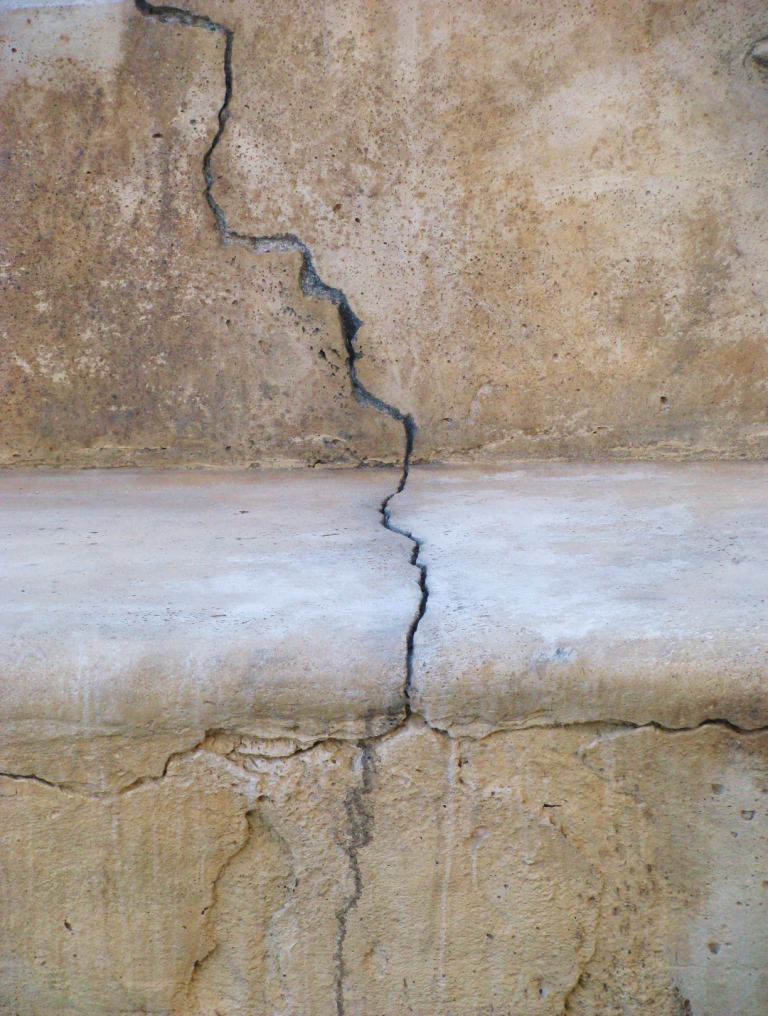
The construction materials result in deformation due to sustained load. The stresses are developed in the component of house due to gradual and slow time-dependent deformation and hence develops the cracks in walls. The tendency of the materials to deform permanently under stress is also known as creep movement.
Creep movement depends on many factors, such as:
- Water cement ratio in mortar and concrete,
- Temperature and humidity,
- Use of admixtures in mortar or concrete,
- Age of concrete at the time of loading,
- Size and shape of the building components.
Creep movement increases with increase in water content, cement content and temperature. It also decreases with increase in humidity of the surrounding atmosphere and age of material at the time of loading.
05. How the Chemical Reaction Cause the Cracks in House?
Due to chemical reactions, materials of construction results in the appreciable increase in the volume of materials. The internal stresses are set up in construction materials which may result in outward thrust and hence forms the wall cracks. The materials involved in chemical reaction also get weakened in strength.
The soluble sulphates present in the soil, ground water or clay bricks react with tricalcium aluminates content of cement and hydraulic lime in the presence of moisture. It forms products which occupy much bigger volume than that of the original constituents. This expansive nature of materials results in weakening of masonry, concrete and plaster. Hence forms the wall cracks due to chemical reaction.
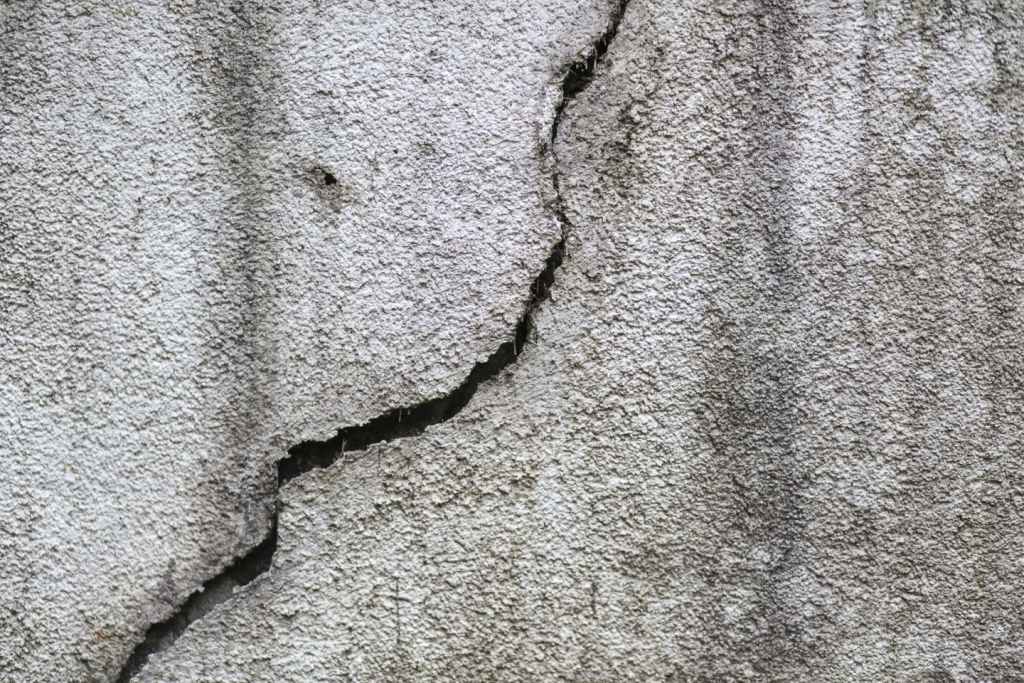
06. How the Corrosion of Reinforcement Causes the Cracks in House?
Most of the cracks observed in recent RCC building are due to the corrosion of steel. Initially, they do not pose any threat to the safety of the structure. But corrosion is like cancer in the body, and it creates a vicious circle.
The main reasons of corrosion to reinforcement are:
- Poor quality reinforcement,
- Poor grade of concrete,
- Inadequate cover to reinforcement,
- Poor workmanship.
- Cracks allowing the moisture to enter.
Factors that affect the corrosion to reinforcement are:
- Presence of cracks in concrete,
- Permeability of concrete (Minimum cement in concrete 350 kg/m3 with water cement ratio should be 0.55),
- Carbonation in cement-based materials,
- Corrosion cells. (due to difference in moisture content, oxygen concentration, and presence of differential metal),
- Passage of electric current trough concrete,
- Alkali-aggregate reaction,
- Use of calcium chloride as accelerator,
- Ingress of sea water in concrete,
- The inadequacy of cover and impurities in curing water.
The iron oxide film is produced on the bar which increases bar’s volume, thus setting up internal stress in concrete. Hence develops the cracks in house due to corrosion.

Courtesy – imgur
In the course of time, it first causes thin cracks in line along the direction of reinforcement and later causes spalling of concrete. It also causes the dislodging of the cover of reinforcement from the body of the concrete. Hence it seriously damaging the structure, if not attended in time. It can be dangerous and also very costly to repair (sometimes it is costlier than original cost) and be challenging.
07. How the Foundation Movement & Settlement of Soil Cause the Cracks in House?

The movement of foundation and settlement of soil causes the shear cracks in the house.
The cracks in walls occur due to unequal bearing pressure on the structure or due to bearing pressure on soil which is greater than SBC.
The frequent drying and wetting of soil underneath the foundation cause the change in the volume of soil and hence due to the foundation movements, cracks appear in the house.
Swelling and shrinking of expansive soil like black cotton soil also cause movement of foundation and ultimately cause cracks in house.
They also occur due to the consideration of low safety factor in the design of foundation due to which internal stresses are set up which may cause the cracks in house
Sometimes, local factors like types of soil (factor affecting design) are not considered, at the time of foundation design also results in cracks.
The sudden forces of natural disasters (like flood, earthquake, or hurricane) also result in cracks, if the structure is not properly designed for shear forces.
Also Read:
Know the Causes of your Foundation Cracks
Signs of Foundation Problems
08. How the Growth of Vegetation Causes the Cracks in House?
Due to fast growing trees near the structure, it causes cracks due to growing (spreading) of roots under the foundation. The plants begin to grow in the fissures of walls, and If these plants are not removed well in time, it develops the wall cracks in house.
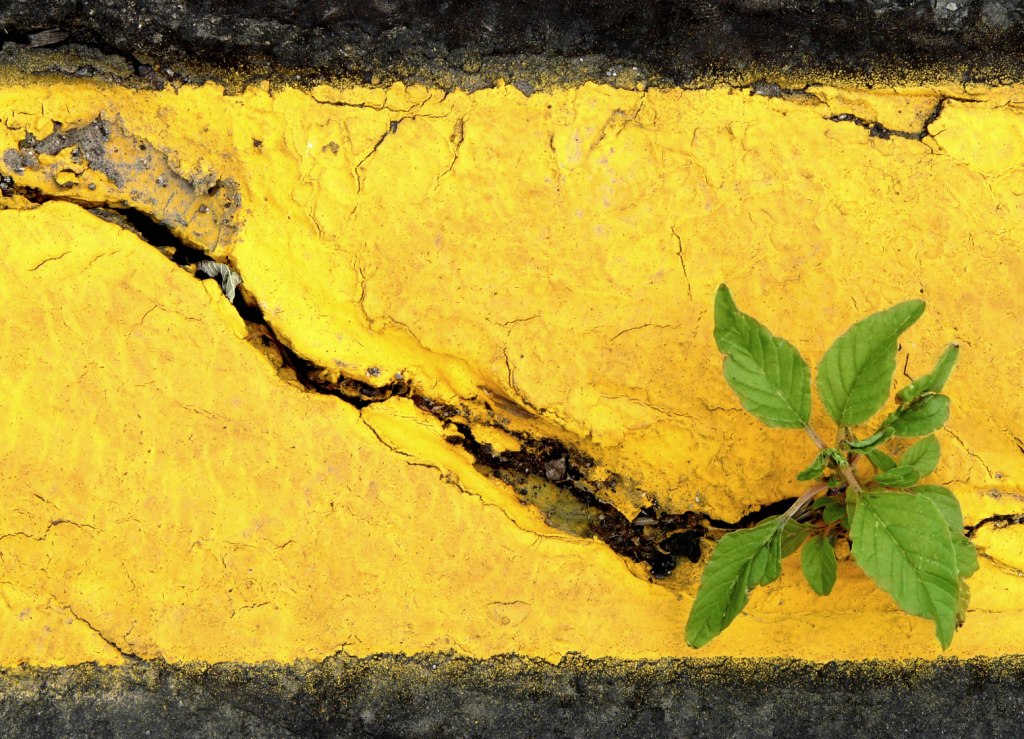
Cracks also occur due to the upward thrust on a portion of the building, when old trees are cut off, and the soil that had been dehydrated earlier by roots swells up on getting moisture from rain.
Many factors affect the house i.e. change in moisture, change in the temperature and behaviour of the building materials. The chemical composition of the construction materials, design criteria and workmanship of construction also affect the cracks in house. Hence it is necessary to evaluate the cause of cracks based on above factors before attempting any repairing of cracks in house. Any attempt to repair the cracks without understanding the causes will make cracks reappear from time to time.


